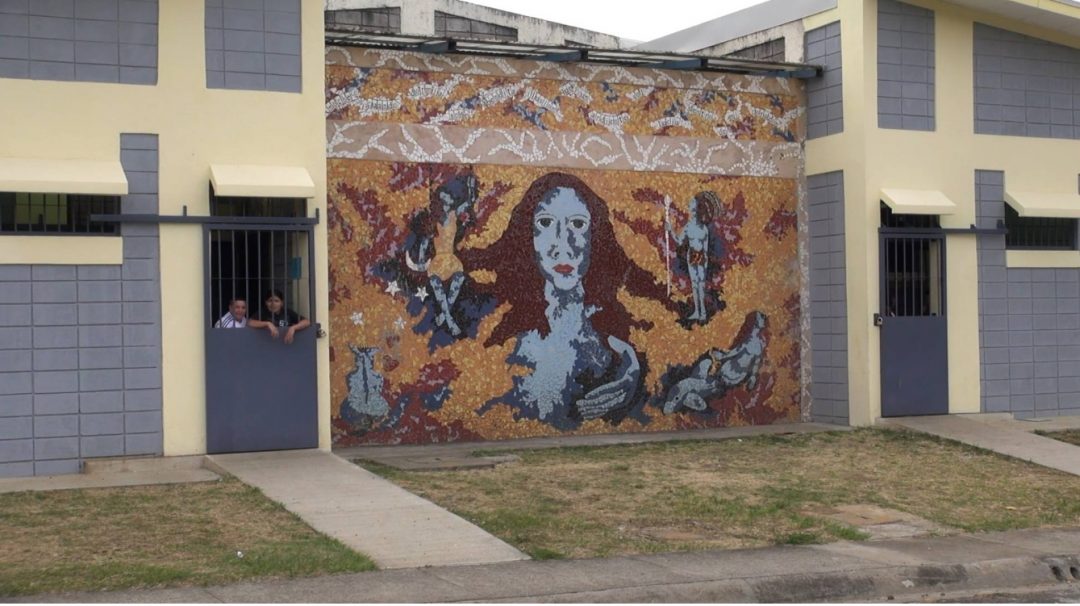Article published in the Future Planet section of El País The presence of armed gangs and their control of many Latin American prisons, in addition to the precarious conditions of health and nutrition, make serving sentences in these prisons a potentially random death sentence.

For decades the prison systems of Latin America have been in a serious humanitarian crisis. The Inter-American Commission on Human Rights (IACHR) in its Report on the Human Rights of Persons Deprived of Liberty in the Americas (2011) highlighted two major problems in these prisons: those that affect the right to life and to personal integrity. Prison violence, the presence of armed gangs and their control of many prisons, added to the precarious conditions of health and nutrition, make prison a random death penalty, as specialists like ER Zaffaroni and E. Carranza put it.
Regarding the right to personal integrity, the IACHR expressed its concern about the existence of torture and inhuman and degrading treatment, which are structurally manifested in the prisoners’ living conditions. One of the main causes is the existence of extremely high prison overcrowding rates that exceed 120% of capacity and are called critical population or overcrowding. Globally, the incarcerated population has continued to rise, especially in the last 20 years, and especially in this region. The data from the world report on prisons (World Prison Briefby the ICPR, Birkbeck University of London) reveal an average in the region of 387 prisoners per 100,000 inhabitants, when the world average is 144.
There are 387 prisoners in the region for every 100,000 inhabitants, when the world average is 144
If the global incarcerated population has risen by an average of 19.5% in the 21st century, in Latin America it has increased by more than 100%. Of the 20 countries with the highest incarceration rates on the planet, 10 are in this region: Costa Rica (352), Belize (410), Panama (426) and El Salvador (579), among others. In any case, the data for the Caribbean countries is more alarming: Cuba (510), US Virgin Islands (540) and Saint Kitts and Nevis (607).
If we focus on women, a worrying phenomenon appears: the incarcerated female population has risen on all continents. According to the report, World Female Imprisonment List (ICPR, 2015) while the total population is estimated to have increased by 20% in the 21st century, imprisoned women have increased by 50%. The most worrying aspect is that the number of women incarcerated in South American countries has exploded in the 21st century: since 2000 it has risen by a factor of three in Colombia, four in Guatemala and Brazil, and in El Salvador it has increased eightfold.
Vulnerability of prisoners, especially those who suffer institutional violence
It is the understanding of the Inter-American Association of Public Defenders (AIDEF), concerned about access to justice by people in risky situations, that prisoners, and especially those who suffer institutional violence, are a group in a vulnerable situation. In 2017, AIDEF identified a project called the Regional Guide for Action in Cases of Institutional Prison Violence. The main goal was to create an instrument to bring public institutions and civil society together to offer comprehensive service (legal, medical and psychosocial) to victims of abuse and their families.
AIDEF was able to launch the project with support from the European Union-funded EUROsociAL+ Programme. The first step was to carry out a diagnosis of institutional prison violence in the region. The results were very alarming.
The Regional Guide for Comprehensive Care for Victims of Institutional Violence in the Prison System was prepared based on the conclusions of the diagnosis. The guide, which was approved by the AIDEF Board of Directors in Santiago de Chile in September 2018, outlines the Registration, Communication and Comprehensive Service System for victims of institutional prison violence (SIRCAIVI). This provides for an cross-sectoral action protocol, activated by the Public Ombudsmen (through a centralised register), with actions such as visiting and interviewing the victim, caring for the victim’s family, requesting precautionary protection measures, medical care (under the UN Istanbul Protocol), psychosocial care, and even intervention by international organisations from the Inter-American System and the United Nations.
Potential implementation by the countries that make up the AIDEF of such a tool means the adoption of an innovative policy to protect victims of abuse. There are well-founded reasons to hope that this will happen, and wills are united with the goal protecting the rights of prisoners in Latin America.
Alejandro Forero Cuéllar and Iñaki Rivera Beiras, from the Observatory of the Penal System and Human Rights at the University of Barcelona; and experts from the EUROsociAL+ Programme.



